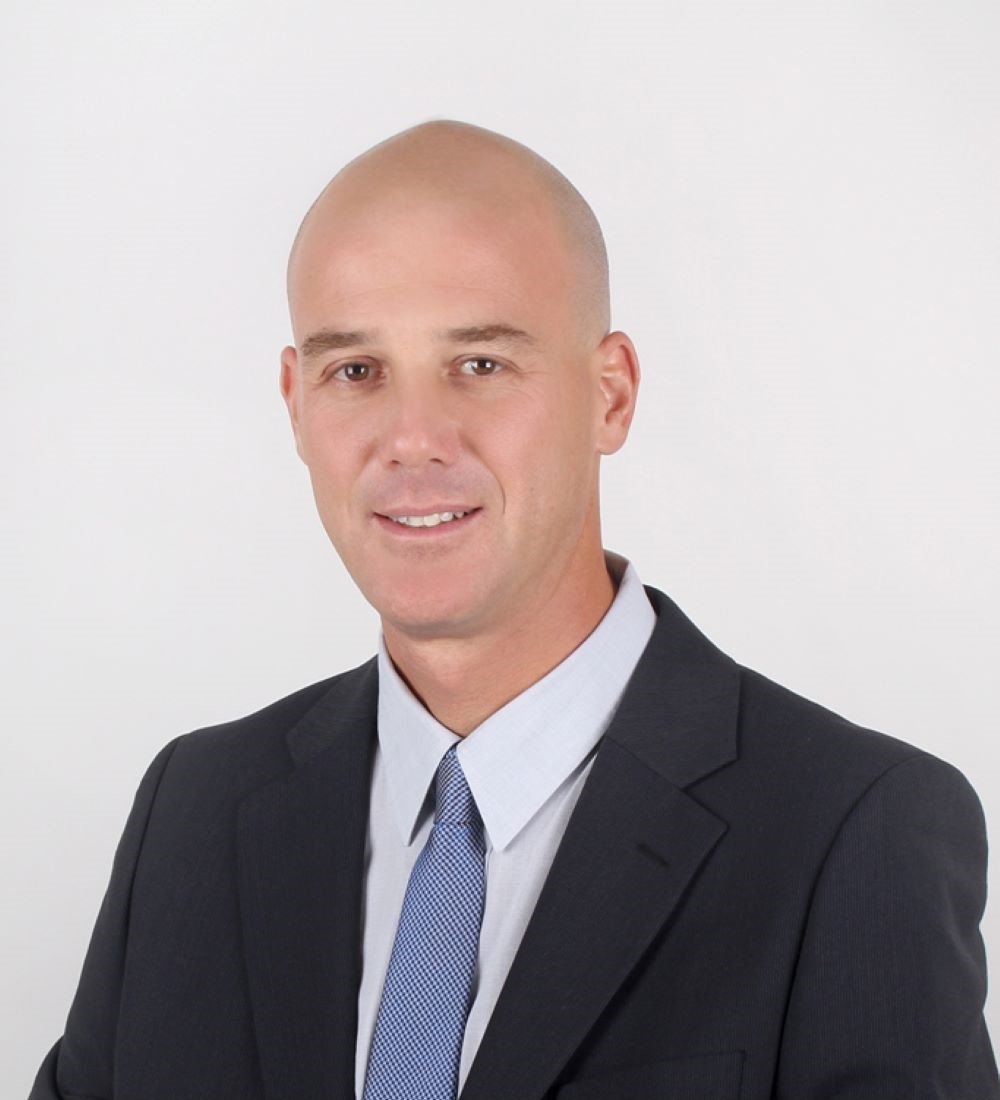Video Transcription

Elad Sapir 00:02
Hi, I'm Elad Sapir. I'm the CEO of Cuspa. It's a startup based in Israel. We founded it in 2020. We are in the R&D preclinical stage focused on structural heart, a transcatheter aortic repair device. Our regulatory path is a PMA class three, and we are targeting a first in human in 2025. Aortic valve disease is divided into two main segments: aortic stenosis and AR (aortic regurgitation). The main differentiation is that the aortic stenosis patients have classification that limits the movement of the cusp of the valve. The aortic regurgitation does not have classification but has a deformation of the cusp that creates blood leakage. Today, there are transcatheter aortic valve replacement devices that are designed for aortic stenosis patients. They are not designed for AR patients. They depend on positioning and maintaining contact with the classification that these patients have. Hence, you cannot use them for AR in a safe manner, and obviously, it's not indicated for that. This leads to an absence of transcatheter treatment for AR patients. Our solution is the Cuspa. The Cuspa is the repair device for the aortic valve, and it's positioned on one of the cusps and moves together with it. It has two main components: one is the nitinol clip, and the other is a conical sleeve made of biological material.
Elad Sapir 02:01
In this animation, you can see a steerable introducer introducing the Cuspa to the aortic valve and positioning it on one of the cusps. The physician exposes the Cuspa from the capsule in the tip of the steerable introducer, and automatically the clip opens and allows positioning of the grasping arm on one of the cusps in the desired location. It can maneuver to a different location as needed. And once the physician is happy with the positioning, they release the Cuspa, the arm is clipped, and instantly, the implant prevents leakage versus the position it was before. Here we can see an animal valve with one of our Cuspa designs mounted, and you can see how the implant is moving together with the cusp and preventing the leakage of the blood.
Elad Sapir 03:11
Okay, in this movie, you can see before and after with the cusps and how the functionality of the implant prevents the blood leakage when the cusps are not seamlessly closed. Our animal data have been published in the EuroIntervention magazine and won the Best Fresh Light Award at the Euro PCR conference. Today, we already have a follow-up of animal data up to 120 days; the implant functions as desired. We haven't seen thrombotic events. And here in this movie, you can see on the right side the echo where the implant is mounted there in the cusp, and on the left side, you can see in fluoroscopy the aortic valve and visibility of the clip on one of the cusps. The AR market has seen a significant increase in focus in the last couple of years. There are two main companies that are pursuing FDA approval. One of them, Yanova, was just recently acquired by Edwards Lifesciences for nearly $1 billion, but they are focusing on AR replacement. We are focusing on repair, which is a different strategy for treating the patient in different stages of the disease. We think that our solution will allow a wider population of patients where we have fewer anatomical constraints for using the implant versus the replacement device, and more importantly, it doesn't prevent future treatments, whether it is surgical treatment, as these patients are being treated today, or in the future, transcatheter treatment replacement, where the implant can stay as it is and the replacement be introduced. Our total market opportunity that we estimate is over $1.5 billion in the US and a little bit more than $4.5 billion globally. Our IP portfolio includes a family of patents. We have two granted patents in the US and Japan and others in advanced stages that will be granted very soon. Our team has different expertise in medicine, R&D, management, financing, and many years of experience in total. Our timeline today: in 2024, we are focused on completion of the design and reaching out to starting the validation, targeting for first in human next year, followed by a full study pilot and a pivotal study for regulatory purposes. Today, we are raising money for our first in human effort, and I will be happy to discuss that with anyone who would like to discuss it and can reach me afterwards. Thank you very much. I appreciate the opportunity.


